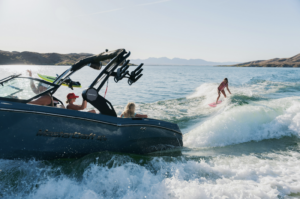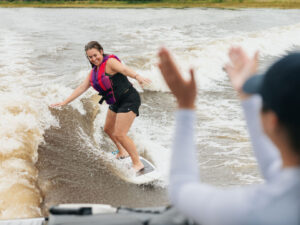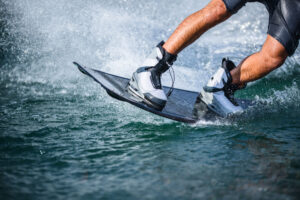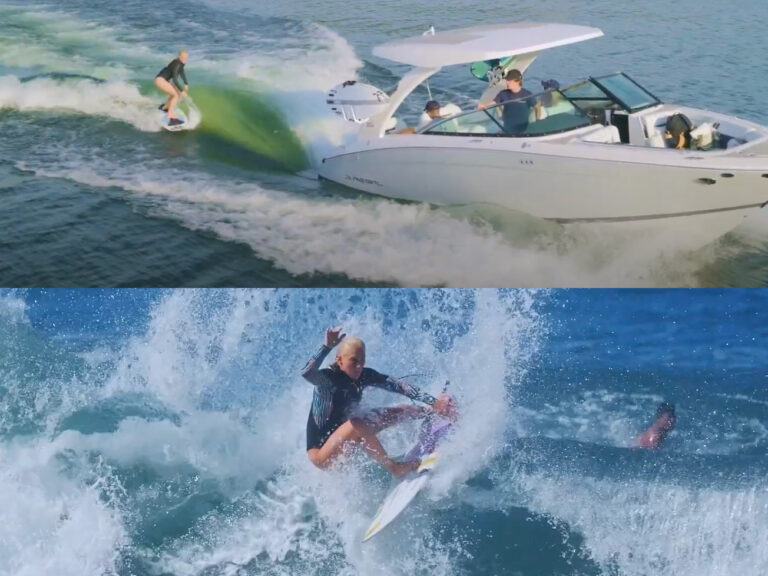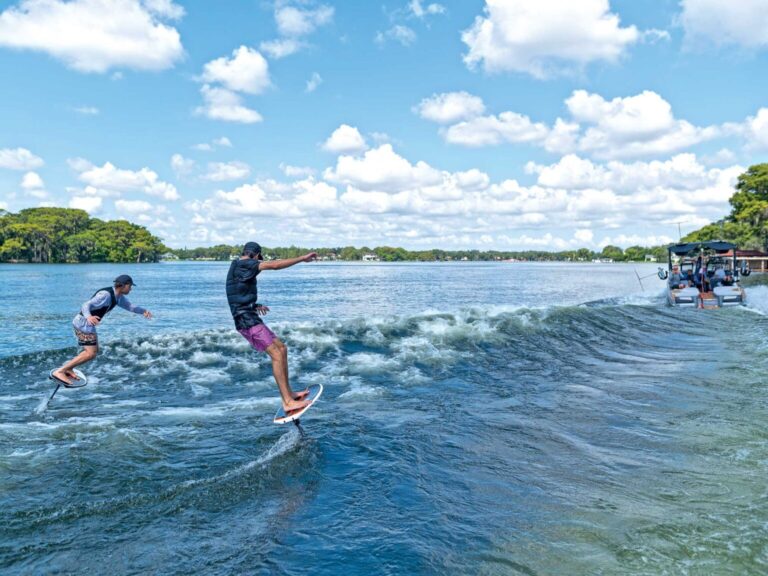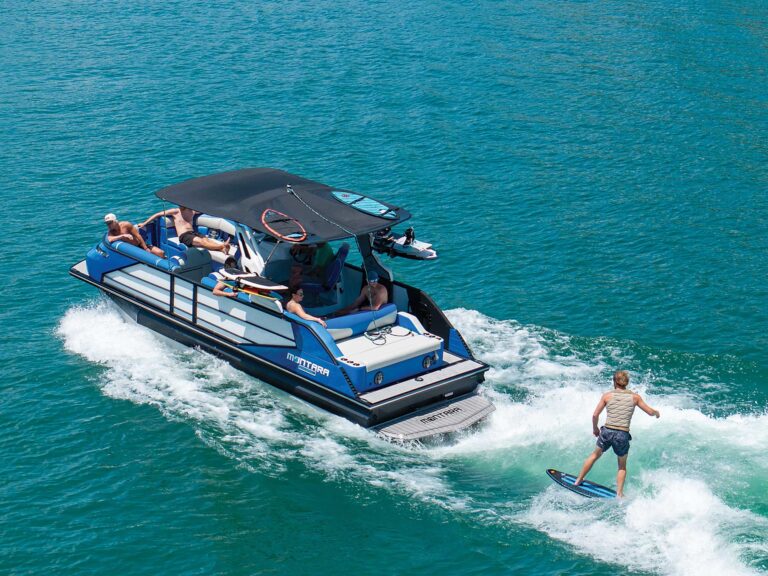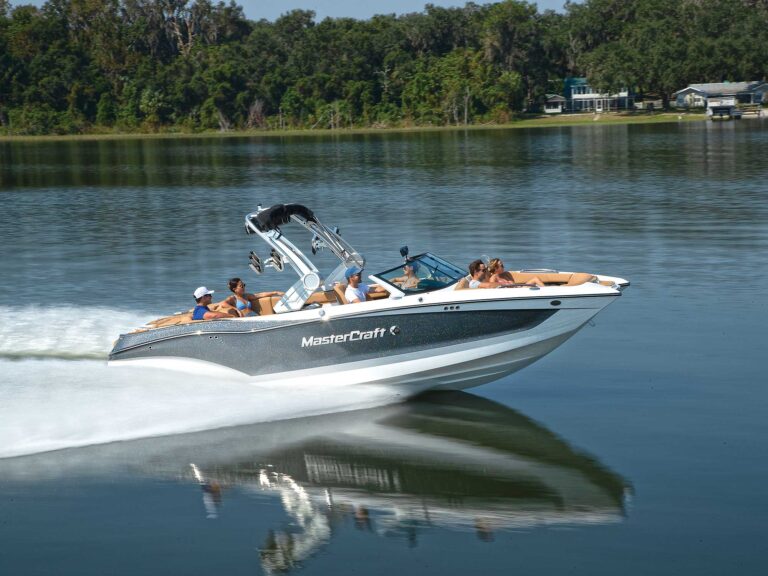The more muscle memory and visualization you can do to create a tangible feeling, the easier the move becomes on the water.
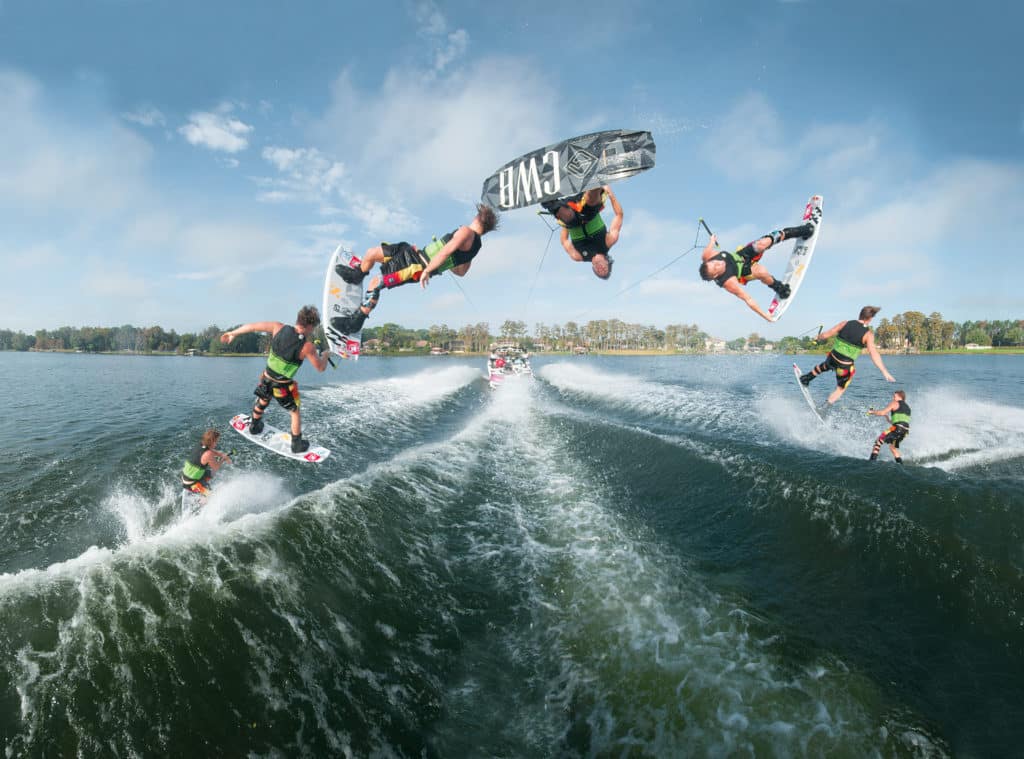
We all want to get better. I have yet to find a wakeboarder out there who doesn’t want his riding to improve in some way, whether it be by getting a goal trick more consistent or landing a lengthy list of new tricks scribbled on a notepad. Where we tend to differ most, however, is in what we are willing to do to achieve those goals. Although trampoline training can be exhausting and flat-out frustrating at times, the awareness you gain on the water is significant. And as Pro Football Hall of Fame head coach Tom Landry once said, “My job is to get men to do what they don’t want to do, in order to achieve what they always wanted to achieve.”
Bringing additional real-world experience into the conversation, Mike Dowdy says, “Being from Michigan, I never had long seasons, so trampoline training was critical for optimizing my time on the water during my short three-month season. Through many winters and summers, I spent hours a day on the trampoline, mimicking and perfecting tricks in preparation for taking them to the water. To this day I still get on the trampoline as often as possible to help me with working out a new trick. The more muscle memory and visualization you can do to create a tangible feeling, the easier the move becomes on the water.”
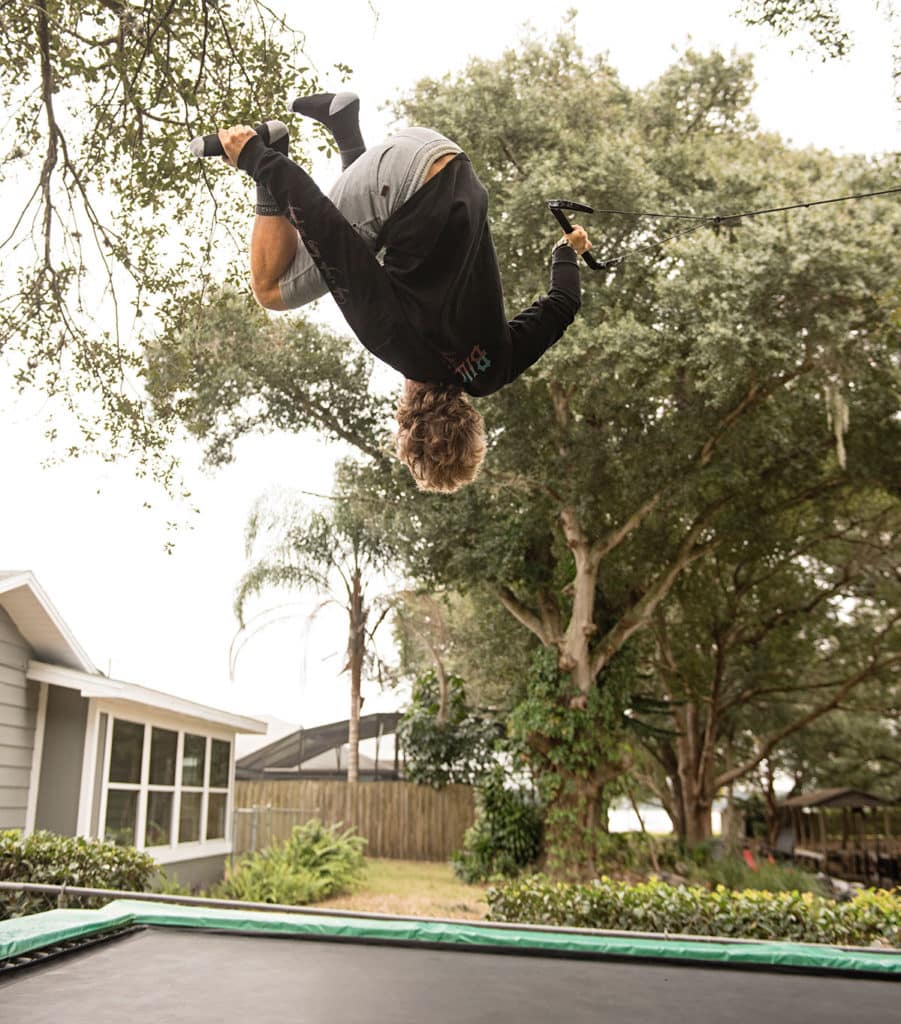
THE SETUP
All you need is a trampoline and an old wakeboard rope and handle to get started. If you don’t have access to a trampoline, there are plenty of trampoline gyms that you can find locally after a little bit of Web research. Dowdy says, “The best setup I’ve been to was in Toronto, where the Canadian Olympic gymnastic team trains. They had Olympic trampolines with tons of mats. It was a great setup, but a standard backyard trampoline with a rope tied to a tree works great for someone who doesn’t have access to this kind of stuff. That’s how I did it when I was growing up.”
If you go the backyard route, don’t be afraid to look at the used market. Keep an eye out for large bounce mats with protective pads over metal springs. This gives you a larger, safer landing area and improves your bounce. Above all, safety should be priority No. 1 — use your best judgment and think everything through.
Next is the rope and handle. Select a nearby tree or a firmly grounded stationary object that can resist the tug of your rope without being damaged. When you secure the rope, Dowdy says, “You’ll want to make sure your rope is at a similar height as your tow point on the water.” Once you have your tie-off location selected, you can measure the ideal rope length by standing directly in the center of the trampoline with the rope tight and the handle touching your bellybutton (as pictured above). This will allow you to bounce in the center of the mat with a similar amount of lean to what you would use on the water
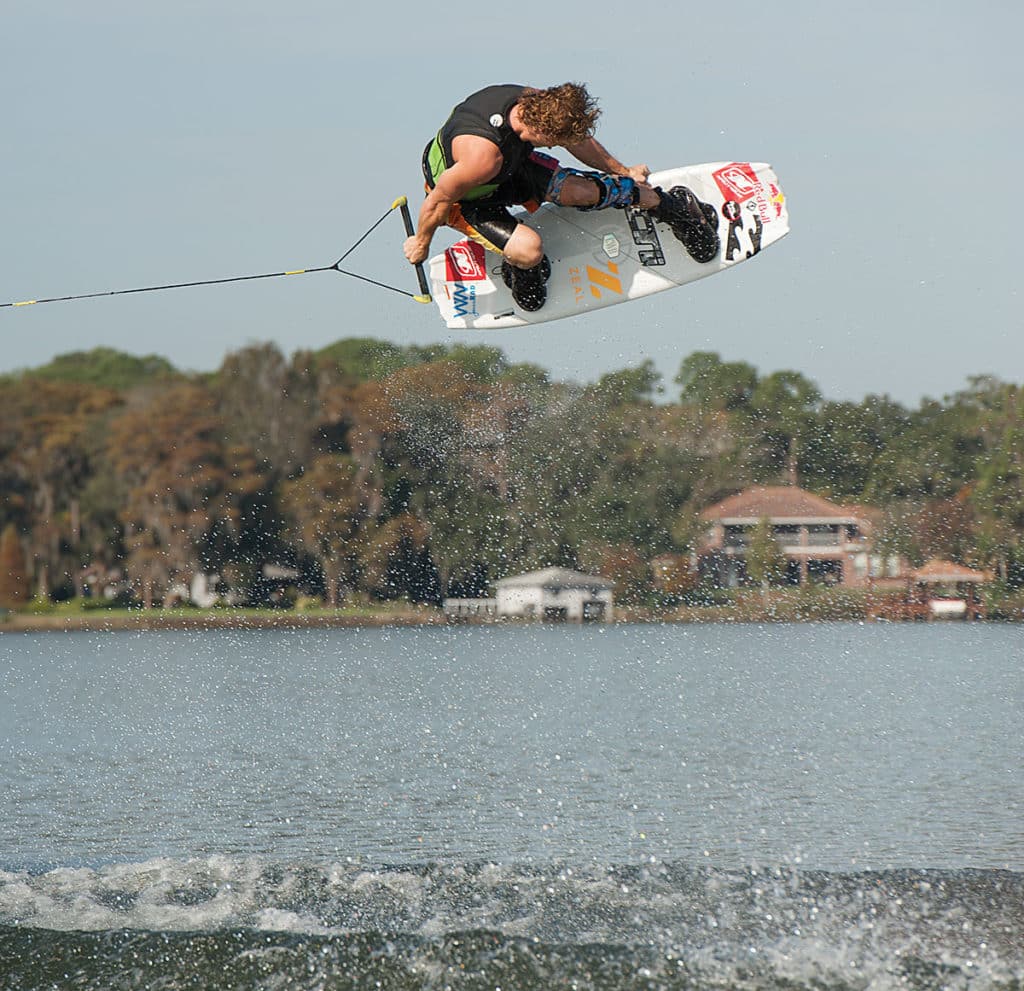
TRICK SIMULATION
Ideally, before you take a trick to the water, you should be able to land it on the trampoline regular and switch, with and without the handle, and with an extra 180 in both directions past your goal trick. For example, if you want to land a tantrum on the water, you should be able to do a backflip on the trampoline, switch and regular; a tantrum to fakie; and a tantrum to blind — all with and without the handle. This will give you the maximum amount of air awareness and rotational control, preparatory to your attempt in a higher-risk environment on the water. If you’re having a hard time with handle control on your trampoline inverts, detach the handle from the rope and try the trick with just the lone handle in your hand. Once that’s comfortable, reattach the handle.
Learn as many tricks as you can on the trampoline. It will open up your mind to tricks that you thought were out of your reach. Dowdy says, “In the early stages of my riding, the trampoline helped me get over the fear of trying new tricks. It can be exhausting, so I would normally break it up into 15- to 20-minute sessions and then go ride and come back to fine-tune anything that needed work. I remember specifically when I wanted to learn off-axis toe 5s. I must have done at least 100 in a row, and then went out and did it on the water first try. Similarly, I spent a week straight on the trampoline working on the double roll to blind that I won Trick of the Year with in 2013. I was able to take that trick from the trampoline to the water within the same week. All the same basic principles on the trampoline apply to the water, making it easy to mimic when I was on the lake.”
There you have it, folks! Now that you’re well informed, you can proficiently tackle all your lofty 2016 goals. Have fun!
Head over to learnwake.com to see in-depth instructional videos, browse our extensive trick library, and even get your own video analyzed of that new trick you’ve been working on.
